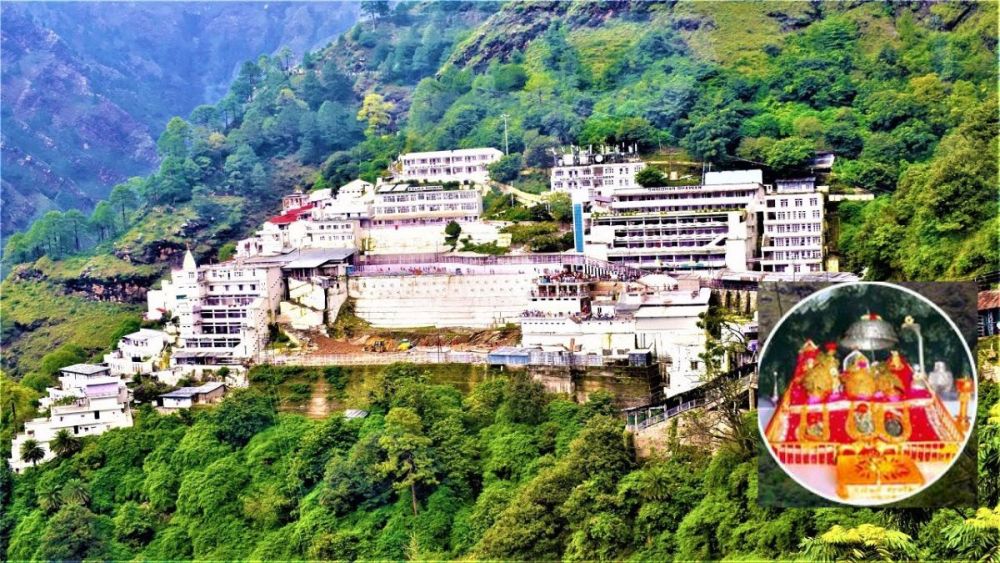

Vaishno Devi Temple, nestled atop the Trikuta Hills in Katra, Jammu and Kashmir, is one of the most revered sacred sites in India. The shrine is dedicated to Goddess Mahalakshmi and draws millions of devotees annually, marking it as a pivotal site for Hindu pilgrimage. The history of tourism centered around the Vaishno Devi Temple is as old as the legends attached to the Goddess herself.
The origins of the shrine are steeped in Hindu mythology. It is believed that Goddess Vaishno Devi, an incarnation of the Mother Goddess, meditated in a cave here for nine months. According to legend, the cave was discovered by Pandit Shridhar after the Goddess appeared to him in a dream. This discovery laid the foundation for what would become one of the most visited pilgrimage sites in the country.
The development of the Vaishno Devi Temple as a pilgrimage destination has progressed through the centuries with the patronage of various rulers and local chieftains. Over time, infrastructural enhancements have been made to accommodate the growing number of pilgrims. For instance, the establishment of the Shri Mata Vaishno Devi Shrine Board in 1986 significantly improved the management of the temple and the well-being of the pilgrims.
The pilgrimage to Vaishno Devi Temple is known as the 'Yatra', which involves a trek of approximately 13 kilometers from the base camp at Katra to the main shrine. Devotees often undertake this journey on foot, although pony services, palanquins, and helicopter services are available today to assist certain travelers.
In recent years, the Yatra has been modernized with enhanced security, better amenities, and eco-friendly measures to preserve the sanctity of the environment. Online services such as booking for the Yatra, accommodation, and donor services have made the experience more accessible for devotees across the globe.
Technological Advancements such as live darshans and mobile applications have further revolutionized the pilgrimage experience. This ensures that even those unable to physically visit the site can partake in the blessings of the Goddess.
Tourism related to the Vaishno Devi Temple significantly contributes to the local economy, with the service sector flourishing due to the temple's popularity. Hotels, restaurants, shops selling religious paraphernalia, and travel services prosper in serving the needs of pilgrims year-round.
The Vaishno Devi Temple also plays a key role in cultural exchange and integration. Pilgrims from diverse backgrounds, regions, and cultures contribute to a melting pot of experiences, promoting unity and understanding among various sects of Indian society.
The history of tourism at Vaishno Devi Temple is rich and multifaceted, encompassing spiritual growth, infrastructural development, and modern adaptation. The heartfelt devotion of millions continues to keep the legacy of the shrine vibrant and alive, ensuring that the Vaishno Devi Yatra remains etched as a significant spiritual journey in the hearts of devotees worldwide.